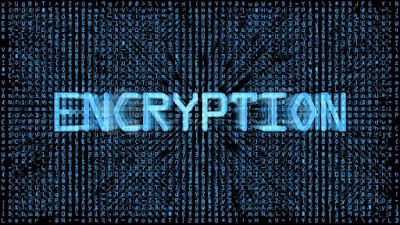A Technology Brief On SSL Certificate Encrypted Security
SSL Certificates are small data files that digitally bind a cryptographic key to an organization's details. When installed on a web server, it activates the padlock and the https protocol and allows secure connections from a web server to a browser. A domain name, server name or hostname.
Upon installation, it activates the padlock and https //: protocol that ensures a secure connection between the browser and the web server. If any web address is not secured using SSL certificate, upon transferring information (which is in readable form) through the Internet, the data can be seen and misused by anyone.
SSL certificate establishes an encrypted link in an online communication between the server and the browser. To create SSL connection, SSL certificate is mandatory. SSL certificate is issued either to companies operating online or to legally accountable individuals. To be able to activate SSL certificates, a business owner needs to provide details about the identity of his website and the business, such as domain name, the name of the business, physical address (including the name of the city & country) etc.
When dealing with e-commerce, a business must address to minimize risk and provide a secure way of collecting data from the client. When purchasing products and services online, a customer submits details like credit card number, phone number etc. These details should be retrieved in a secure and integrated manner. For this, business should implement a complete e-commerce trust infrastructure based on encrypted technology.
Encryption Technology
Encryption is a procedure of changing over information to make it incomprehensible to every single unapproved party with the exception of the person who is an expected beneficiary. Along these lines,information security can be kept up which has turned out to be fundamental for internet business. In simple, we can state that encryption innovation is utilized to change over information into a non-readable form and secure it from unapproved parties and is gotten by the planned beneficiary in understandable form. Fundamental obligations performed by encryption innovation are:
To put data(file) into code
Changing data into unreadable form (unintelligible) using secret code
To prevent accurate interpretation of data by the third party
What SSL certificate encrypted security provides?
Authenticity:
This can be explained in two parts. The first part is server authentication and another is client authentication. Let’s discuss them one by one in detail.
• Server authentication: Server along with data transfers public key, which is used by the client to encrypt data used to compute the secret key. The server can decrypt data and generate a secret key only if it has a valid private key.
• Client authentication: In this, the server uses the public key, provided in client’s certificate, to decrypt data sent by the client. If the exchange of message is complete by using a secret key to encrypt, it confirms the authentication.
If in any case authentication step fails or is not complete, the session is terminated between the browser and the server.
Confidentiality:
To ensure message privacy, SSL uses a combination of symmetric and asymmetric encryption. For every session, a unique set of encryption algorithm and a shared secret key is used, ensuring the privacy of message even in case of interception.
